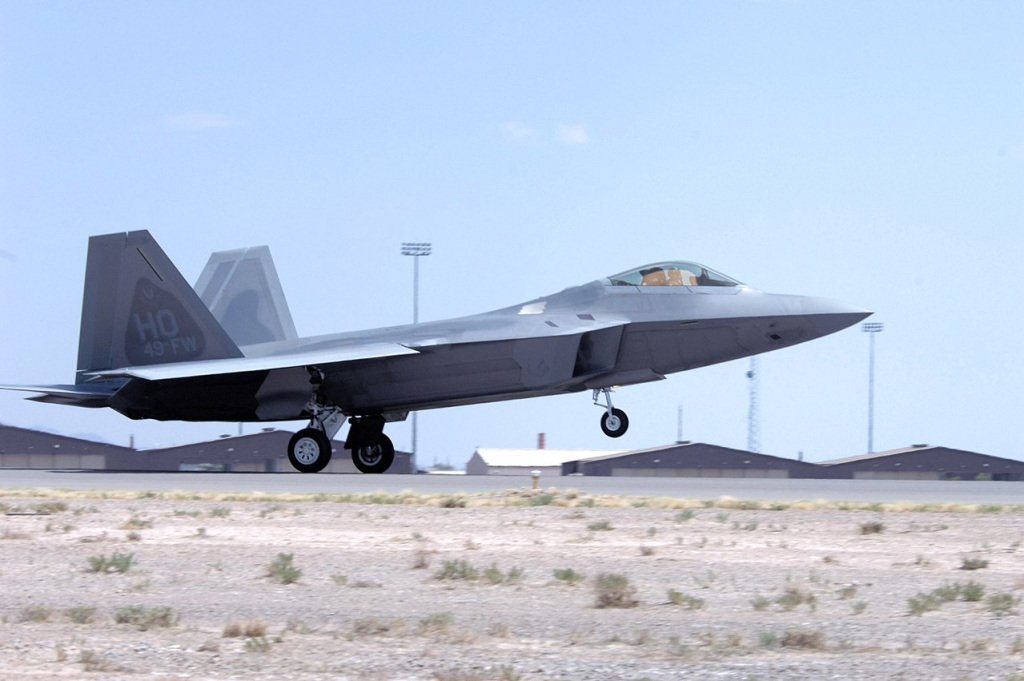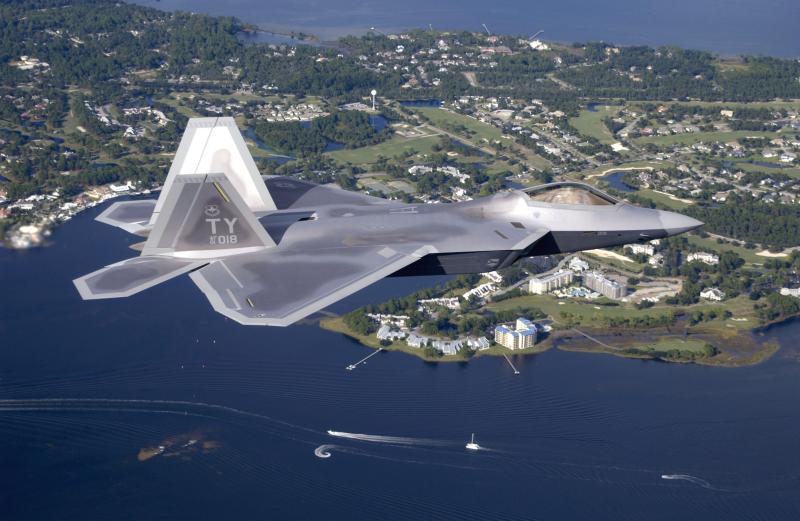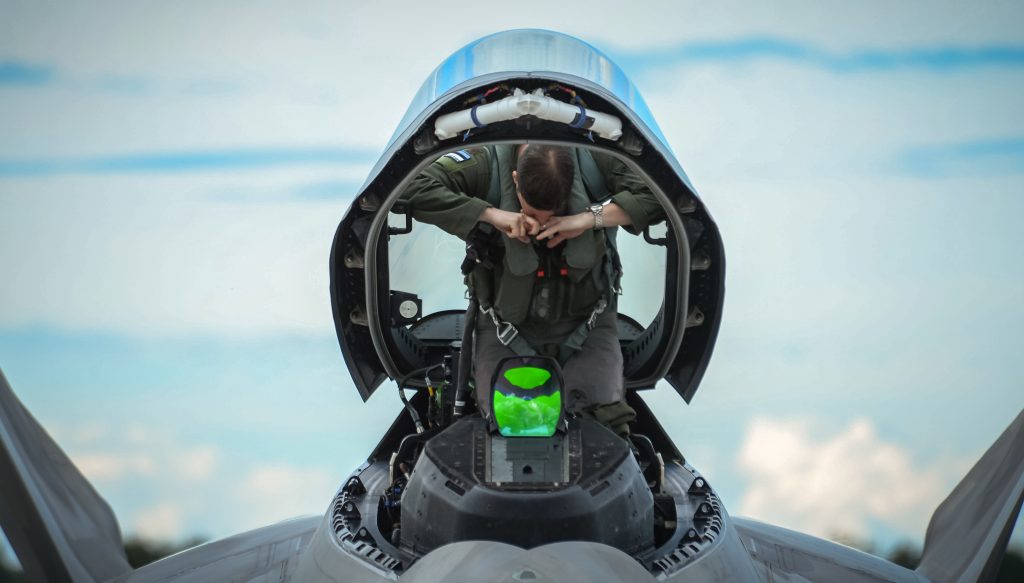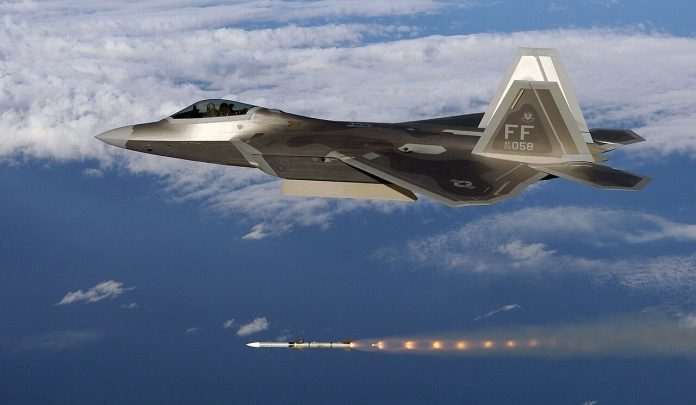
“In air combat, speed kills but survivability wins wars.” That maxim has guided U.S. Air Force fighter development for decades, and it now frames the debate over whether America’s premier fifth-generation jet, the F-22 Raptor, should undergo a sweeping modernization. Although Boeing’s sixth-generation F-47 NGAD fighter is on the horizon, its arrival in operational numbers may not occur until the late 2030s. The Pentagon is unwilling to risk a capability gap in the interim. The proposed “Super Raptor” upgrade aims to bridge that gap with next-generation sensors, electronic warfare systems, stealth enhancements, and advanced cockpit avionics on existing fleet aircraft.
With production lines long closed, upgrades of current airframes offer the faster, less expensive route to increased near-term combat power. To defense planners, the calculus was clear: extend the relevance of the Raptor well into the 2040s while preserving industrial expertise in stealth sustainment. This modernization push is more than a stopgap; it’s a strategic hedge against NGAD delays and adversary advances. Here are nine key upgrades and strategic considerations shaping the future of the F-22 ‘Super’ Raptor.

1. IRDS for Missile Threats
The Infrared Defensive System is part of the viability upgrade package for modernizing the Raptor’s AN/AAR-56 Missile Launch Detector. IRDS, as described in Air Force FY2026 budget documents, will replace the legacy sensors with improved detection against long-range air-to-air and surface-to-air missiles, a critical component in countering emerging such threats as China’s PL-15 and future systems with ranges approaching 1,000 miles. IRST has its roots in Lockheed Martin’s TacIRST technology, which was first integrated on F-5 Advanced Tiger jets. Passive infrared detection enables the Raptor to find threats without emitting signals, thereby increasing survivability in contested environments.

2. Podded Infrared Search and Track (IRST) Capability
In addition to IRDS, the Air Force confirmed that 142 Block 30/35 Raptors would get podded IRST sensors. These advanced systems will improve long-range detection and tracking of stealthy aircraft, preserving the Raptor’s “first look, first shot, first kill” advantage. Initial production orders have been placed for 30 pods, which are due to be delivered by FY2028. Networked IRSTs across multiple aircraft could triangulate target range in real-time, enabling engagement-quality tracking against even low-observable adversaries.

3. Low-Drag Drop Tanks, mounted stealthily
The proposed Low Drag Tanks and Pylons will extend operational range for the F-22 while minimizing drag penalties. Design for supersonic carriage of external tanks, LDTPs utilize smart rack pneumatic technology to maintain aerodynamic efficiency. This upgrade directly addresses the Raptor’s range limitations, a critical factor in the Indo-Pacific theater, where bases and targets may be separated by distances over 1,000 nautical miles.

4. Advanced Electronic Warfare Suite
The electronic warfare enhancements are central to the viability package, aimed at countering evolving EW threats from peer adversaries. The upgrade will contribute to the improved ability of the Raptor to operate in heavily contested electromagnetic environments where jamming and cyber attacks can degrade communications and sensor networks. Such abilities will be essential for ensuring the effectiveness of missions operating independently or in degraded network conditions.

5. Next Generation Pilot Vehicle Interface
The modernization plan involves a new cockpit with avionics aligned to NGAD standards, better displays, enhanced data fusion, and helmet-mounted systems like the Thales Scorpion HMD-all promising quicker access to vital information by pilots. The introduction of the Next Generation Fixed Wing Helmet will further enhance ergonomics and situational awareness, with the system filling a capability gap evident since the Raptor’s development phase.

6. Low Observable Signature Management
Upgrades to radar-absorbent coatings and infrared signature reduction will further reduce the Raptor’s detectability. Semi-secretive tests of mirror-like coatings on F-22s and other stealth platforms suggest that the Air Force is exploring exotic materials to enhance broadband stealth. Reducing the thermal emissions in an era of proliferating IRST systems is just as vital as reducing radar cross-section.

7. Cybersecurity and Future Crypto Upgrades
The viability package includes hardened cybersecurity measures and future cryptographic systems to protect the mission data and communications of the Raptor. Securing onboard systems becomes a necessity without exception as adversaries invest in cyber warfare capabilities. These upgrades will provide the security needed to integrate with joint and coalition networks, preserving operational integrity in multi-domain operations.

8. Sustainment and Reliability Improvements
Initiatives will be made to improve the reliability and reduce downtime of the notoriously maintenance-intensive Raptor fleet. Logistics, diagnostics, and component durability will be improved to enhance aircraft availability rates. That focus on sustainment is necessary to keep the small fleet, just 143 combat-coded jets, combat-ready as NGAD ramps up.

9. Strategic Hedge against NGAD Delays
The F-47’s first flight is planned for 2028, but it may not reach full operational capability until the late 2030s. The Super Raptor would be an insurance policy, maintaining deterrence in high-end theaters and preserving stealth sustainment skills in the industrial base. If NGAD suffers from cost overruns or production bottlenecks, the upgraded F-22 ensures that the Air Force has a lethal air-superiority platform during the transition.
The modernization of the F-22 ‘Super’ Raptor isn’t merely a matter of keeping an aging jet relevant; it’s the protection of U.S. air dominance in an era of rapid technological change and strategic uncertainty. By integrating next-generation capability into a proven airframe, the Air Force will be able to bridge the gap to the F-47 NGAD while retaining combat credibility against peer adversaries. In the calculus of readiness, this fifth-generation-plus approach may prove as decisive as any new aircraft on the drawing board.


